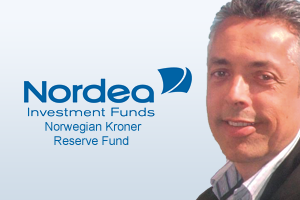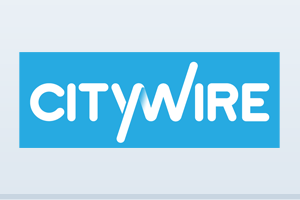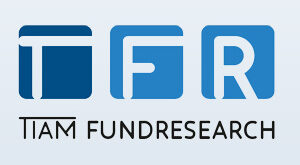
March data indicate that the decline in Norwegian growth is just a soft patch. House prices, which are a primary concern for Norway, rose in March and the house price growth is positive on year-on-year basis. This is in line with our view that it will be difficult to see a large correction in house prices with low unemployment (3.5% in January), low mortgage rates and high wage growth. Core inflation is steady at 2.6% y/y in March.
The Norwegian Central Bank (Norges Bank) kept the policy rate unchanged with just minor changes to the rate path 3 years ahead. A first rate hike is still expected in the summer of 2015 based on the Norges Bank’s view that house prices and household consumption will grow. The first can easily happen but the latter has shown resilience. Household savings in Norway are record high and have been high for many years.
Fund commentary
In March, the fund yielded a performance of +0.19%, while its reference index, the NIBOR 3 Month – Total Return Index, returned +0.14%. The fund invests in investment grade corporate bonds such as senior unsecured bank, subordinated bank (LT2), industrials and covered bonds. The maturity of the fund is between 1.5 to 2 years and is mostly invested in floating rate notes. As a result, the fund is only marginally exposed to interest rate risk as the modified duration was at 0.14 at the end of March. During the month, the roll down on the yield curve was the main source of performance for the fund. In relative terms, tightening credit spreads impacted the fund’s performance positively. The average rating of the issues making up the fund was A+ at the end of March.




